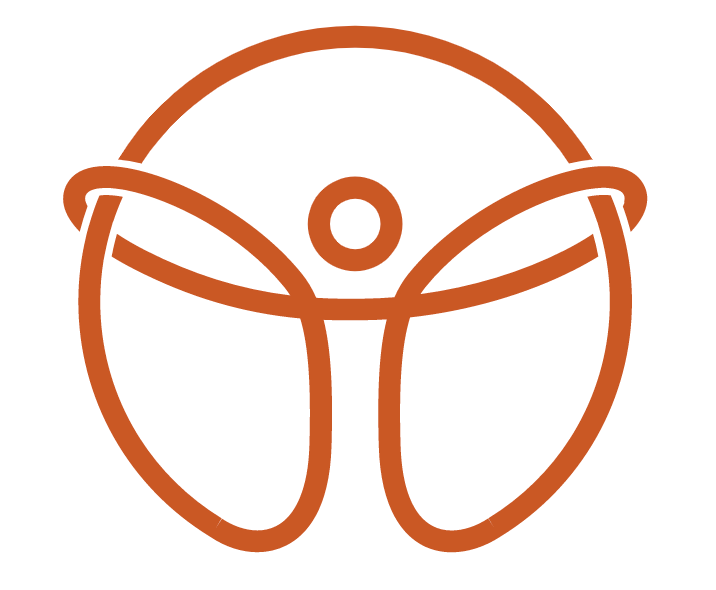Understanding Headaches: Causes, Prevention, and Relief
Common Causes of Headaches
Headaches can arise from many factors, and understanding the underlying cause is key to effective relief. Tension headaches often result from stress, prolonged sitting, or tight muscles in the neck, shoulders, and upper back. Migraines may be triggered by hormonal changes, certain foods, sensory stimuli, or disrupted sleep, and often include nausea, light sensitivity, or aura. Cluster headaches are severe, one-sided headaches, sometimes accompanied by tearing, nasal congestion, or restlessness. Secondary headaches can stem from underlying medical conditions such as sinus issues, dehydration, or spinal misalignment.
Signs & Symptoms
The type of headache often determines its symptoms. Tension headaches typically present as a dull, pressing sensation around the forehead, temples, or back of the head. Migraines usually cause pulsating or throbbing pain, often on one side of the head, and may include nausea, vomiting, and heightened sensitivity to light or sound. Cluster headaches are sharp and intense, localized around one eye, and may include tearing, nasal congestion, or a sense of agitation.
Preventing Headaches
Many headaches can be prevented through simple lifestyle and posture interventions. Maintaining proper ergonomics and neutral spine alignment, taking regular stretching breaks, and performing gentle mobility exercises can reduce tension headaches. Consistent sleep routines and stress-reduction techniques, such as meditation or deep breathing, help prevent migraines. Staying hydrated and avoiding dietary triggers like processed foods, alcohol, or excessive caffeine can further reduce headache frequency.
- Posture & Movement: Proper ergonomics and regular stretching of the neck, shoulders, and upper back.
- Sleep & Stress Management: Consistent sleep schedule and relaxation strategies.
- Hydration & Nutrition: Drink water regularly and avoid known dietary triggers.
Relief & Recovery Options
When headaches occur, targeted interventions can significantly reduce their severity and duration. Manual therapy and spinal mobilization can relieve tension in the neck, shoulders, and upper back. Stretching and strengthening exercises help restore mobility and prevent recurrence. Lifestyle adjustments, including ergonomic improvements, movement habits, and posture correction, are key to long-term relief.
- Manual Therapy & Stretching: Gentle adjustments, soft tissue work, and exercises to relieve tension.
- Lifestyle & Ergonomics: Proper workstation setup, daily movement, and posture awareness.
- Medical Evaluation: Severe, worsening, or unusual headaches, especially with neurological symptoms, should be promptly evaluated by a healthcare professional.
The Bottom Line
Headaches range from minor annoyances to debilitating conditions, but most can be effectively managed with proper understanding, prevention, and targeted treatment. At MVMT STL, we focus on restoring movement, relieving tension, and empowering patients with strategies to prevent and manage headaches, so you can stay active, focused, and headache-free.

